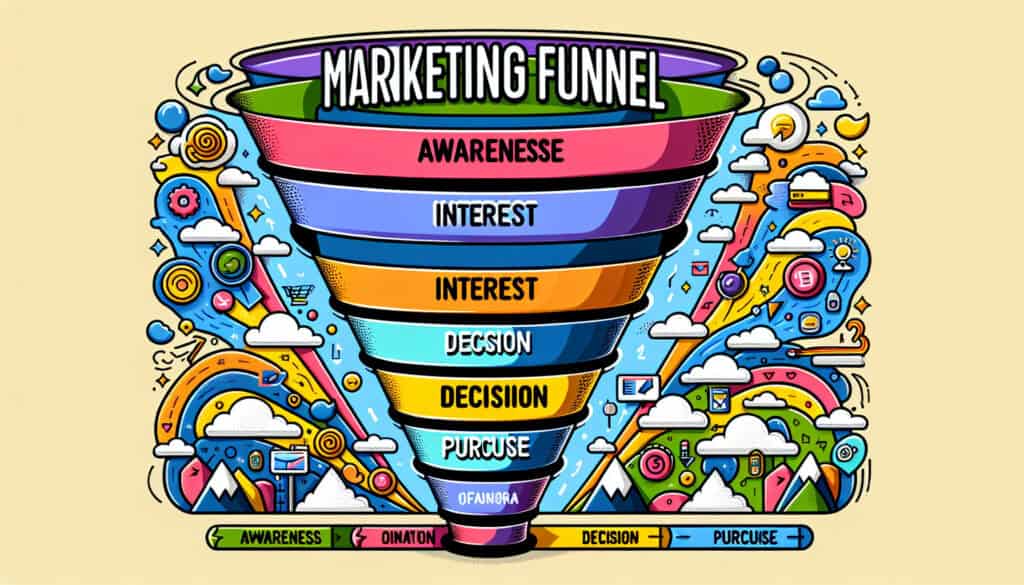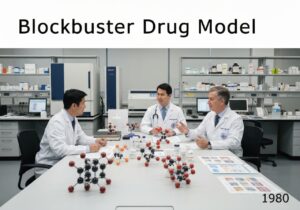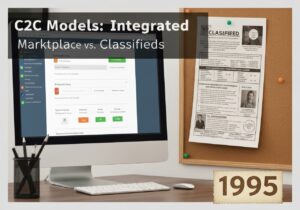可视化客户从认知到购买的整个过程。
- 方法: 客户与营销, 经济学, 人力资源, 项目管理
营销漏斗

营销漏斗
- 转换率, 客户体验, 客户旅程制图, 营销, 营销策略, 用户体验(UX), 以使用者為中心的設計, 价值主张, 价值流映射
目标
如何使用
- 说明客户购买商品或服务的理论过程的模型。漏斗分为几个阶段,如认知、兴趣、考虑和转换。
优点
- 提供一种简单直观的方式来了解客户旅程;帮助确定客户流失的区域。
缺点
- 过于简单化,可能无法反映客户旅程的非线性本质;更注重获取客户而非留住客户。
类别
- 客户与营销
最适合:
- 了解并优化客户旅程,提高转换率。
Applications of the 营销 Funnel can be found across numerous sectors, including technology, retail, healthcare, and education, where understanding consumer behavior is paramount for driving sales and enhancing customer experiences. Typically utilized during the product development and marketing phases, this model encourages teams to examine each stage in depth, offering a clearer view of where strategic adjustments can increase buyer engagement and conversion rates. For instance, in the tech industry, a product team may employ the funnel model to analyze how potential users first learn about a new app, the content that piques their interest, and the factors influencing their decision-making process before committing to download. Participants in this exercise often include marketing strategists, product managers, and UX designers, all working collaboratively to establish effective communication and marketing strategies at each stage. The simplicity of the funnel allows stakeholders to visualize customer interactions effectively, revealing specific drop-off points—such as a website’s checkout page—where potential consumers lose interest, enabling targeted improvements that can significantly boost sales performance. By integrating analytics tools with the funnel methodology, organizations gain quantitative data that can refine campaigns and enhance user outreach across various platforms.
该方法的关键步骤
- 根据人口统计学和行为学确定目标受众群体。
- 制定通过各种营销渠道提高知名度的战略。
- 创建吸引人的内容,吸引潜在客户的兴趣并与他们建立联系。
- 实施促进考虑的策略,如产品比较和案例研究。
- 通过有效的行动号召和简化的购买流程优化转换。
- 分析购买后的体验,鼓励回头客和转介绍。
专业提示
- 利用数据分析,持续监控每个阶段的转换率,并识别辍学点,进行有针对性的干预。
- 在不同阶段实施 A/B 测试,以完善信息、视觉效果和行动号召,从而引起客户的最大共鸣。
- 利用客户购买后的反馈回路,了解他们的体验,为漏斗阶段的迭代改进提供信息。
历史背景
1960
1980
1983
1990
1994
1995
2000
1950
1980
1980
1986
1992
1995
2000
2002-05-01
(如果日期不详或不相关,例如 "流体力学",则对其显著出现的时间作了四舍五入的估计)。















相关文章
METS 卡路里计算器
元分析
信息映射
心理模型图
可接受的最大推力和拉力
物料需求计划(MRP)